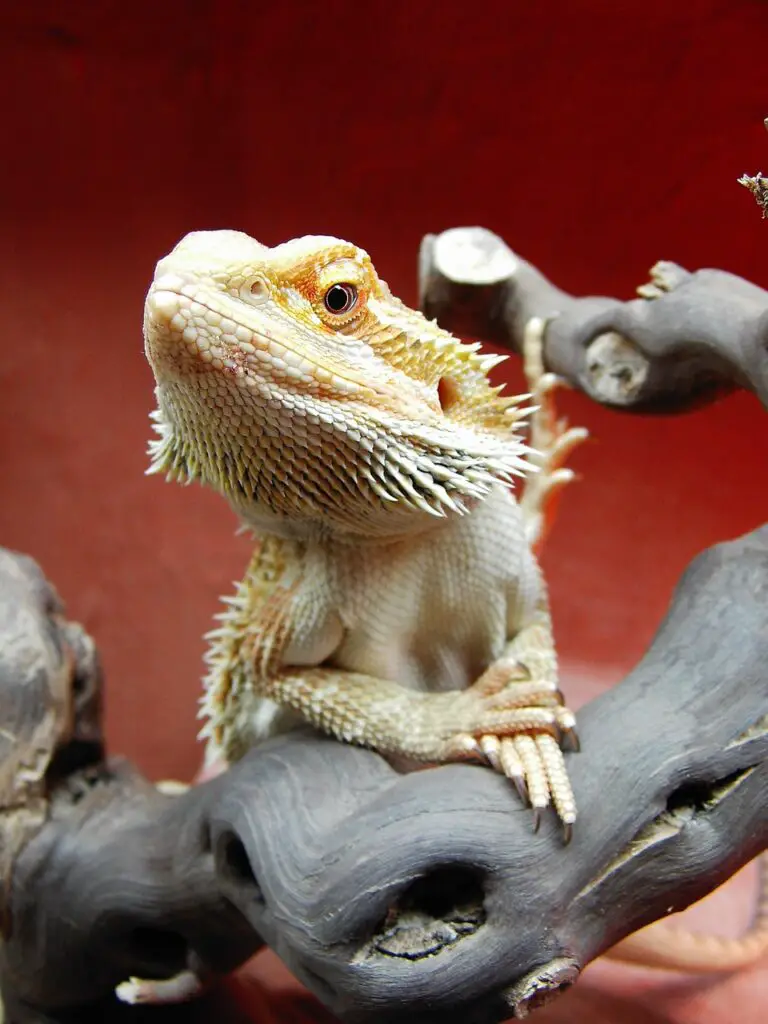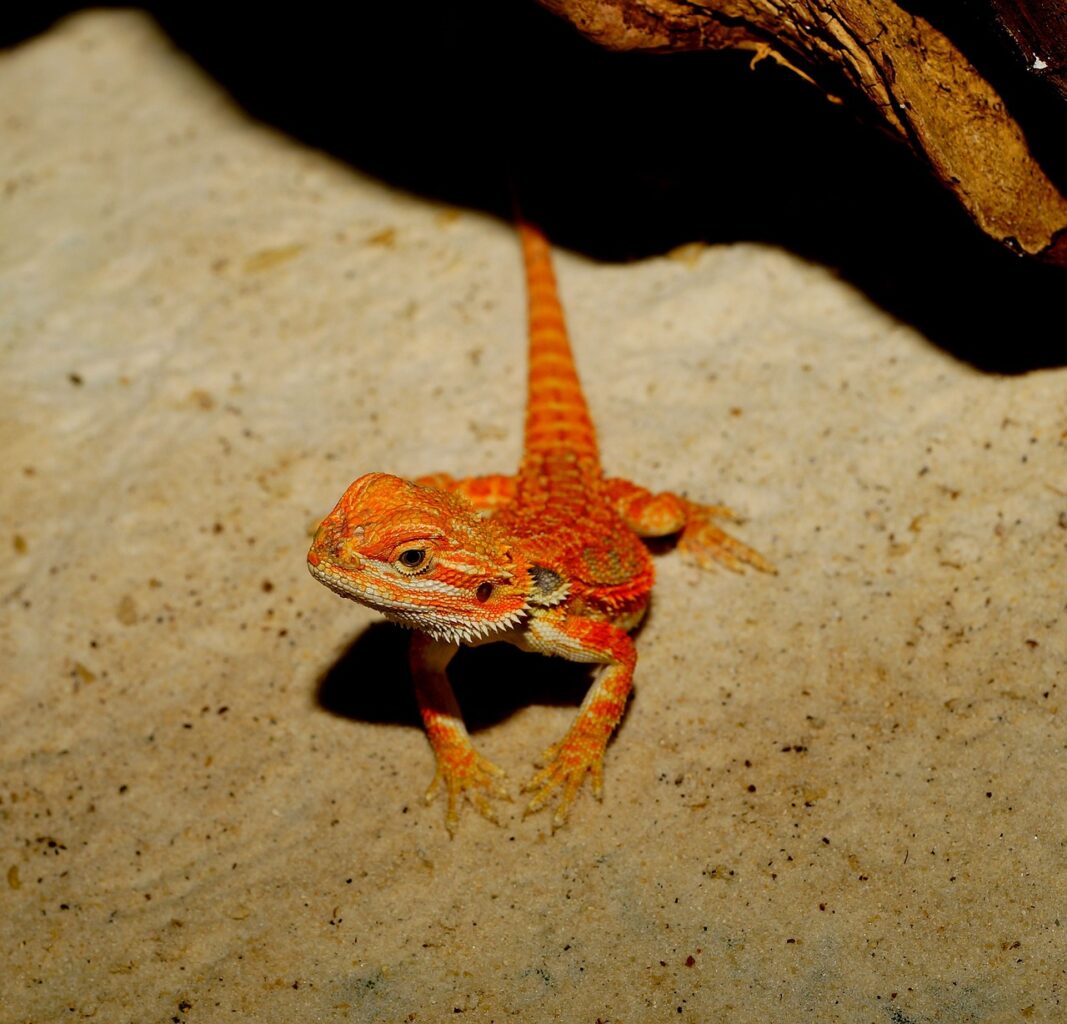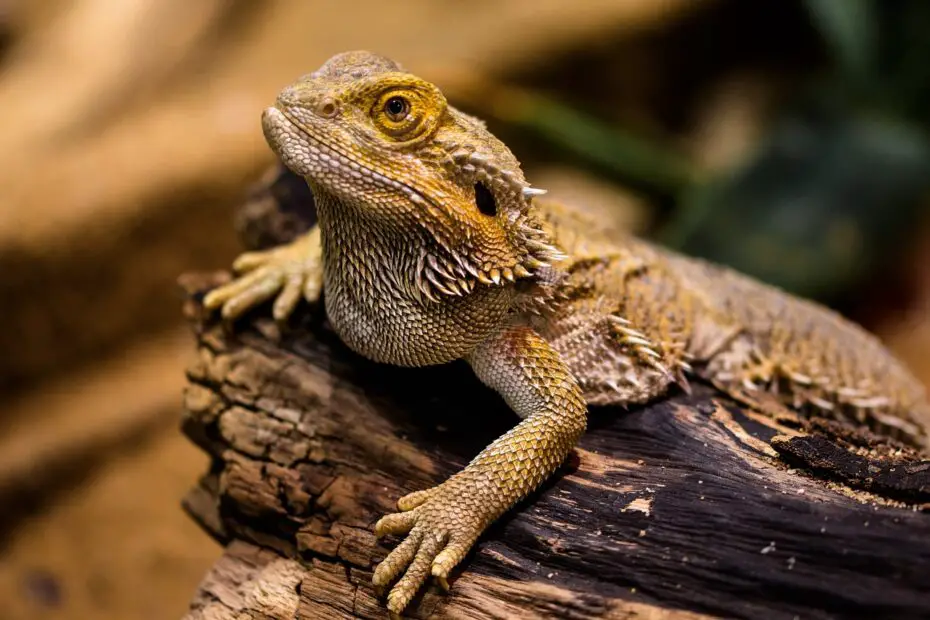Are you a proud owner of a bearded dragon or considering getting one? One of the most crucial aspects of providing proper care for your scaly friend is creating an ideal enclosure. A well-designed habitat not only ensures the dragon’s comfort but also contributes to its overall well-being. In this article, we will explore various bearded dragon enclosure ideas to help you create a perfect habitat for your beloved pet.
You may also want to read about the 10 most common bearded dragon mistakes.
1. Choosing the Right Enclosure
When it comes to choosing an enclosure for your bearded dragon, there are several options available. The most common choices include glass terrariums, PVC cages, and custom-built wooden enclosures. Each type has its own advantages and disadvantages. Glass terrariums provide excellent visibility but can be challenging to maintain temperature and humidity levels. PVC cages are lightweight and easy to clean but may limit visibility. Custom-built wooden enclosures offer customization options but require more effort to construct.
2. Size and Space Requirements
Bearded dragons are active reptiles that require ample space to roam and explore. The enclosure size depends on the dragon’s age and size. A general guideline is to provide at least a 40-gallon tank for juvenile dragons and a minimum of 75 gallons for adult dragons. The enclosure should be long enough for the dragon to stretch out fully and wide enough for it to turn around comfortably. Remember, larger enclosures are always better, as they allow for more natural behaviors and physical activities.

3. Enclosure Substrate
Choosing the right substrate for your bearded dragon is crucial for its comfort and hygiene. Options include reptile carpet, paper towels, newspaper, and natural substrates like reptile-safe sand or coconut fiber. Avoid loose substrates like loose sand or wood chips, as they can cause impaction if ingested. Consider the ease of cleaning and the dragon’s safety when selecting the substrate. Reptile carpet and paper towels are easy to clean, while natural substrates provide a more natural feel but require more maintenance.
4. Temperature and Lighting
Bearded dragons are ectothermic creatures, relying on external heat sources to regulate their body temperature. It is vital to provide a proper temperature gradient within the enclosure. The basking area should have a temperature between 95-105°F (35-40°C), while the cooler side should be around 75-85°F (24-29°C). Additionally, UVB lighting is essential for bearded dragons to metabolize calcium properly. Use a high-quality UVB bulb and ensure it covers the basking area.
5. Furnishing and Decorations
To create a stimulating and enriching environment for your bearded dragon, consider furnishing the enclosure with rocks, branches, and hiding spots. Rocks and branches provide climbing opportunities, while hiding spots offer a sense of security. Ensure all decorations are securely placed, avoiding any risk of falling or injuring the dragon. Also, provide a variety of textures for your dragon to explore, such as smooth rocks, rough branches, and soft bedding.
6. Feeding and Watering
Bearded dragons have specific dietary requirements. Their diet mainly consists of leafy greens, vegetables, and insects. Provide shallow dishes for food and water, making it easy for the dragon to access. Keep the dishes clean and change the water regularly to prevent bacterial growth. Ensure the food is dusted with calcium and vitamin D3 supplements to support the dragon’s bone health.
7. Cleaning and Maintenance
Maintaining a clean enclosure is essential for the health of your bearded dragon. Regular cleaning helps prevent the buildup of bacteria and parasites. Remove feces and uneaten food daily, and clean the enclosure thoroughly every few weeks. Use a reptile-safe disinfectant and rinse everything thoroughly to avoid any residue. Regularly inspect the enclosure for signs of wear or damage, and repair or replace any worn-out parts promptly.

8. Enclosure Safety
Safety should be a top priority when setting up your bearded dragon’s enclosure. Avoid placing any hazardous materials or plants that could be toxic to the dragon. Ensure that the enclosure has secure locks to prevent escape and that there are no gaps or holes where the dragon could get stuck. Be vigilant in monitoring the enclosure for any potential dangers and promptly address them.
9. Creating a Natural Habitat
Creating a natural-looking habitat within the enclosure can enhance your bearded dragon’s overall well-being. Use a mix of live and artificial plants to provide hiding spots and visual barriers. Incorporate natural elements like rocks, branches, and logs to create climbing opportunities. You can even add a shallow water dish for your dragon to soak in, mimicking its natural environment.
10. Socialization and Interaction
Bearded dragons are social reptiles that benefit from human interaction. Regular handling and gentle interaction can help build trust and create a bond with your pet. Take your dragon out of the enclosure for supervised exploration and provide mental stimulation through activities like gentle scratching and play. Just remember to always handle your dragon with clean hands and avoid sudden movements that could startle or stress it.
11. Common Enclosure Mistakes to Avoid
While setting up your bearded dragon’s enclosure, it’s essential to be aware of common mistakes to avoid. Some common errors include using inappropriate substrates, inadequate heat and lighting, overcrowding the enclosure with too many decorations, and neglecting proper cleaning and maintenance. Educate yourself about these potential mistakes to ensure a healthy and happy environment for your bearded dragon.
Conclusion
Creating a suitable enclosure for your bearded dragon is vital for its overall well-being. By carefully considering factors like enclosure type, size, substrate, temperature, and lighting, you can provide a comfortable and stimulating habitat for your scaly friend. Remember to prioritize safety, cleanliness, and socialization, and strive to mimic the dragon’s natural environment within the enclosure. With proper care and attention to detail, your bearded dragon will thrive in its new home.
FAQs
1. Can I use sand as a substrate for my bearded dragon’s enclosure?
Sand is not recommended as a substrate for bearded dragons. Loose substrates like sand can pose a risk of impaction if ingested, leading to serious health issues. It’s best to choose safer substrate options like reptile carpet, paper towels, or reptile-safe sand alternatives.
2. How often should I clean my bearded dragon’s enclosure?
Regular cleaning is crucial to maintain a clean and healthy environment for your bearded dragon. Remove feces and uneaten food daily, and perform a thorough cleaning every few weeks. This includes disinfecting the enclosure, replacing substrate if necessary, and cleaning all furnishings and decorations.
3. What type of lighting does my bearded dragon need?
Bearded dragons require UVB lighting to synthesize vitamin D3, which is essential for calcium metabolism. Use a high-quality UVB bulb designed specifically for reptiles and ensure it covers the basking area in the enclosure. Replace the bulb as recommended by the manufacturer.
4. Can bearded dragons live in groups or should they be housed alone?
Bearded dragons are generally solitary reptiles and should be housed alone to prevent territorial disputes and stress. While they may tolerate brief interactions, long-term cohabitation can lead to aggression and health issues. Provide mental stimulation and interaction with humans instead.
5. Can I use real plants in my bearded dragon’s enclosure?
Yes, you can use real plants in your bearded dragon’s enclosure as long as they are safe and non-toxic. Ensure that the plants are free from pesticides or harmful chemicals and that your dragon cannot ingest or uproot them. Research safe plant options and regularly inspect the plants for any signs of damage or wilting.
